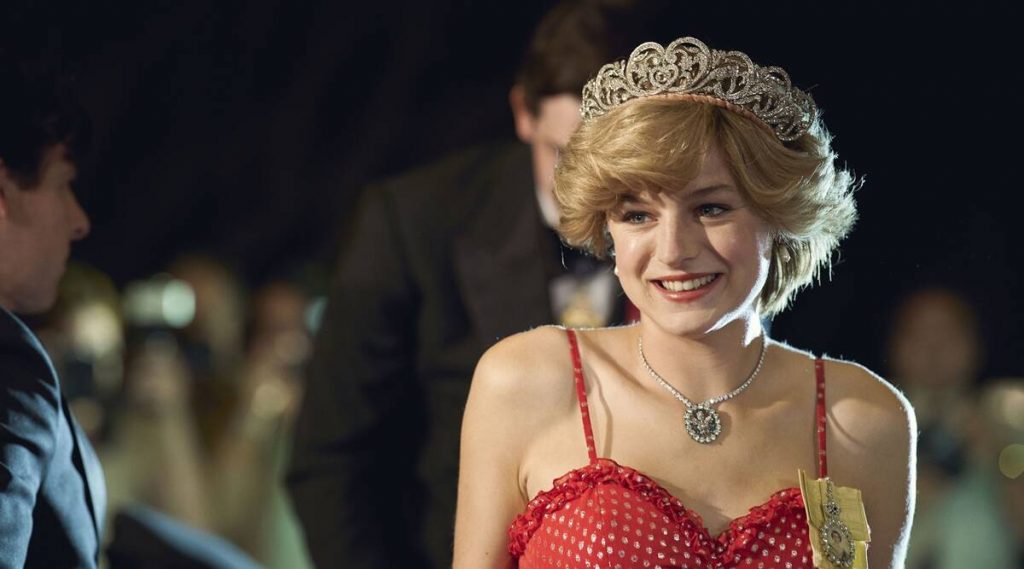The British royal family might want to think about paying for repairs to their aging yacht out of their pocket rather than asking taxpayers to foot the bill, Prime Minister John Major (Jonny Lee Miller) gently suggests in the fifth season premiere of Netflix’s The Crown. Queen Elizabeth II (Imelda Staunton) pushes back with a personal appeal. “All of my palaces were inherited when I ascended to the king. She informs him that Sandringham, Balmoral, and Windsor all bore the mark of her forebears. I have only fully been able to call Britannia my own.
In many respects, it sentence is eye-catching. For starters, the term “all my castles” conjures up heights of affluence that are unimaginable to most people. For another, it implies that the Queen herself battles against a system created to uphold her position at the expense of her uniqueness. And who precisely does this old, expensive building serve if even Her Majesty feels underwhelmed by it?
It’s a question that has been circling The Crown since the show’s inception, but it is becoming closer to the fore as season five heads into a new decade with a whole new cast. The core of the series, as in previous seasons, continues to be creator Peter Morgan’s utter sympathy for the human beings housed within this august institution. In his hands, it’s easy to laugh at the stupidity of a boat loan request during a recession while also feeling a tinge of pity for a lady who is more marginalized by the society she helped create.
The developing sense of disappointment is partly a product of time. The plot of The Crown started in the 1940s and recreated events that most viewers would only have learned about through historical sources. The focus has now shifted to the 1990s, covering incidents such as Tampongate, the “annus horribilis” speech, the Martin Bashir interview, and the divorce that are not only recent in time but are also frequently brought up again whenever Prince William, and Duchess Meghan, or King Charles III find themselves back in the news. The Crown portrays royal blunders that, chronologically speaking, are more current and important than ever before.
The recent series also focuses more than usual on the internal struggles of the Windsor family, particularly the bitter separation between Diana (Elizabeth Debicki) and Charles (Dominic West). There are still stories that explore the family’s place in the world, such as one concerning Elizabeth’s delicate discussions with the recently elected Russian President Boris Yeltsin (Anatoly Kotenev) about the Romanovs’ remains, but these are the exception rather than the rule. The result is that The Crown primarily serves as a front-row seat to the Windsors’ propensity for harming themselves, in service to an organization that has already greatly distorted them, and in opposition to the steady drumbeat of public polls that increasingly characterizes the entire endeavor as irrelevant and out of touch.
But in a time when it seems like every recent tabloid story is being turned into an Emmy-bait miniseries, The Crown stands out by continuing to do what it does best: mixing intellectual curiosity, sharp criticism, and open-eyed empathy into ten stylish hour-long episodes. Only those unwilling or unable to escape a golden prison that has begun to resemble a fishbowl due to the ubiquitous scrum of photographers may be considered heroes or villains in this story.
The most notable of them is Diana, who, true to form, can’t help but draw the majority of the attention. (Season five may be the first in which the Queen feels less like the star of the show and more like one of the supporting players, especially since Staunton portrays an Elizabeth whose allure and fervor have significantly diminished with time.) Diana played by Debicki is more fragile and cynical than Emma Corrin’s Diana. But she also catches the paradoxes that made the princess so alluring — she is both vulnerable and strong, disarmingly open and cunningly covert — and transforms a lasting icon into a real-life woman.
The management of racing is where The Crown stumbles the most frequently this time around. The topic is briefly mentioned in the plots involving two British Pakistani men, journalist Bashir (Prasanna Puwanarajah) and Diana’s boyfriend Hasnat Khan (Humayun Saeed), and it is more in-depth in an episode-long side trip that follows the journey of Mohamed Al-Fayed (Salim Daw), the father of future Diana boyfriend Dodi Fayed (Khalid Abdalla), from working-class Egypt to the poshest circles of In each case, The Crown is unclear of both what it wants to say and how to say it about the assimilation or discrimination issues it raises.
Their discussions have persisted throughout the reign of King Charles III, proving that there is no firm conclusion to be drawn from them. (And if the pearl-clutching headlines from royalists are any indicator, some people would consider asking these questions at all to be a disgrace.) The fifth season of The Crown, however, argues that it is a discourse worth having, not by demonizing the royals as inhuman monsters, but by giving the audience the grace to view them as merely human.
